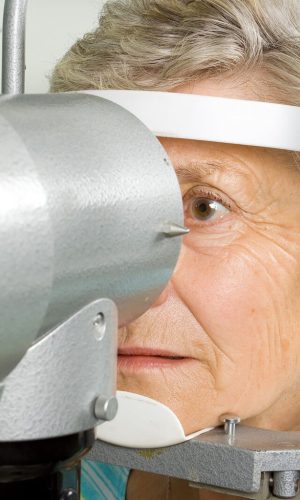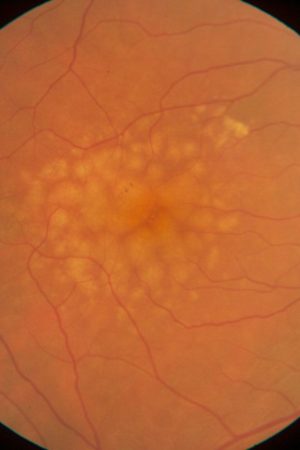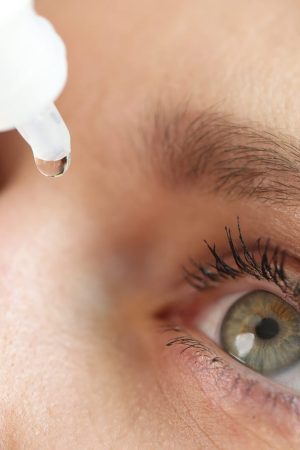Services
In addition to cataracts, we diagnose and manage a wide variety of ocular conditions.
A few of the most common ones are listed below.

Glaucoma
Glaucoma is an optic nerve disease that can cause irreversible vision loss. The optic nerves transmit the vision signals from your eyes to your brain; essentially, they are the “TV cables” for your vision. Glaucoma damage usually occurs when your eye pressure is too high. About 2% of the general population develops glaucoma in one or both eyes. Early in the disease there are no symptoms, but in more advanced stages it can cause peripheral or even total vision loss. Fortunately, this disease is treatable by lowering the eye pressure. This can be achieved using eyedrops, lasers (SLT), or surgery. Patients with glaucoma should undergo lifelong monitoring. Learn more…

Diabetic Eye Disease
Diabetes can lead to blood vessel damage throughout the body. The retinas in the back of the eyes contain many of these vessels that can be damaged by diabetes, leading to blurry vision, floaters, or loss of vision. In fact, diabetic retina damage is the leading cause of blindness in adults in the United States. It is important for patients with diabetes to be screened yearly (or even more frequently) for diabetic retinopathy. Read more…
Macular Degeneration
Age-related macular degeneration (ARMD) is a progressive disease of the retina that can lead to central vision loss, blurry vision, distortion, or missing spots of vision. The macula is the central part of the retina, the thin layer in the back of the eye that serves as the “camera film” for your vision. There are 2 types of ARMD – “dry” and “wet”. Patients with the dry type should be evaluated regularly to monitor for progression to the wet form. Read more…

Dry Eye Syndrome
Dry eye disease is one of the most common eye problems, especially here in North Texas. Symptoms can include blurry vision, scratchiness, irritation, red eye, or the sensation of something in your eye. Treatments can include artificial tears, gels, ointments, prescription drops, and others. Treatment depends on the severity of the disease and response to treatment. Read more…

Set Your Appointment Today
We’d love to talk with you and see how we can help you. Give us a call today to schedule your appointment with one of our experienced doctors.
